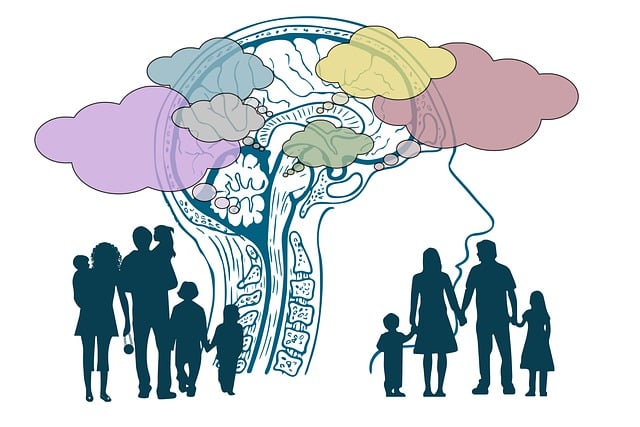Risk Assessment and Analysis is a critical component of Six Sigma methodologies, focusing on data-driven process improvement by identifying potential hazards, understanding deviations, and analyzing root causes. Using tools like statistical analysis and trend charts, teams can systematically assess risks, track data trends over time, and make informed decisions to enhance process control. Trend charts, in particular, offer a clear way to visualize risk improvements, enabling stakeholders to quickly identify patterns, detect anomalies, and gauge the effectiveness of controls. This proactive approach promotes transparency, fosters accountability, and facilitates continuous improvement within Six Sigma initiatives, ultimately enhancing operational efficiency and customer satisfaction.
In today’s complex business landscape, effective risk assessment and analysis are paramount, especially within the framework of Six Sigma methodologies. Understanding how to track and measure risks is crucial for organizations aiming for continuous improvement. This article explores the strategic use of trend charts as a powerful tool for visualizing and monitoring risk improvements in Six Sigma projects. By employing these visual aids, businesses can implement data-driven strategies, fostering a culture of robust risk management.
- Understanding Risk Assessment and Analysis in Six Sigma
- The Power of Trend Charts for Visualizing Risk Improvements
- Implementing Effective Strategies Using Trend Chart Data
Understanding Risk Assessment and Analysis in Six Sigma
Risk Assessment and Analysis is a core component of Six Sigma, a data-driven methodology focused on process improvement. In this context, understanding risk involves identifying potential hazards or factors that could negatively impact a project’s outcome or quality goals. It’s about recognizing deviations from expectations and their probable causes, enabling teams to take proactive measures.
Six Sigma methodologies utilize various tools, such as statistical analysis and trend charts, to analyze risks systematically. Trend charts, in particular, help visualize data over time, allowing professionals to spot patterns and trends that might indicate emerging risks or successful risk mitigation strategies. By closely monitoring these trends, organizations can make informed decisions, enhance process control, and ultimately drive continuous improvement in their operations.
The Power of Trend Charts for Visualizing Risk Improvements
Trend charts are an effective tool for Six Sigma practitioners when it comes to visualizing risk improvements in any process or system. These charts provide a clear and concise way to track changes over time, making complex data more accessible and understandable. By plotting relevant data points, such as key risk indicators (KRIs) and performance metrics, trend charts offer a visual representation of the progress made during a Six Sigma project. This allows teams to quickly identify patterns, detect anomalies, and gauge the effectiveness of implemented controls and solutions.
The power of trend charts lies in their ability to simplify complex information. They enable stakeholders to grasp risk assessment and analysis insights at a glance, facilitating data-driven decision-making. With these charts, teams can easily compare historical data with current performance, pinpoint areas of improvement, and communicate the impact of changes. This visual approach promotes transparency, ensures accountability, and fosters a culture of continuous improvement within Six Sigma initiatives.
Implementing Effective Strategies Using Trend Chart Data
Implementing effective strategies for risk assessment and analysis is a cornerstone of Six Sigma methodologies. Trend charts play a pivotal role in this process by providing visual representations of data, allowing professionals to identify patterns and trends that might otherwise go unnoticed. By analyzing these charts, businesses can make informed decisions about where to focus their efforts to mitigate risks.
For instance, a trend chart showing a steady increase in production defects over time could indicate issues with quality control processes. This insight prompts a more thorough review of current protocols, leading to the implementation of new strategies that enhance quality checks and reduce defects. Such proactive measures not only minimize potential risks but also contribute to overall process improvements, ultimately enhancing operational efficiency and customer satisfaction within the Six Sigma framework.
Risk Assessment and Analysis in Six Sigma plays a pivotal role in identifying and mitigating potential risks. By utilizing trend charts, organizations can effectively visualize and track improvements in risk management over time. This data-driven approach enables informed decision-making, allowing businesses to implement successful strategies that enhance overall resilience and ensure sustained progress. Incorporating trend chart analysis into Six Sigma methodologies is a powerful tool for navigating uncertainty and fostering a culture of continuous improvement.
